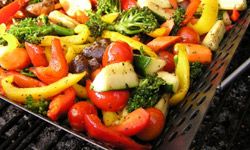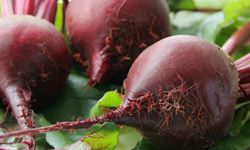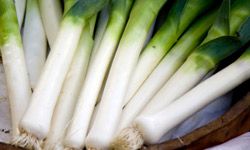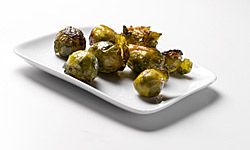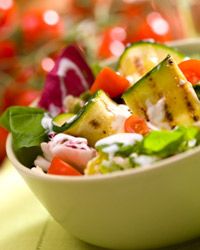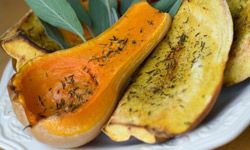Got the winter blues? Bring a bit of summer color and flavor into the cold months of the year by firing up the grill to prepare your favorite winter vegetables. Grilling fans will find a surprisingly wide variety of choices, ranging from colorful squash to classic favorites like broccoli and brussels sprouts. While it can be hard to get excited about the same old vegetables, you can add a new twist to these dishes by cooking them over an open flame. Grilling not only brings out the natural flavors of these veggies, but it also adds a rich, smoky flavor that can't be found in boiled or microwaved dishes. If it's too cold to grill outside, you can even grill indoors on the stove to add some variety to your meals.
When grilling vegetables, keep heat levels high and cook for short periods to keep veggies crisp. Soak vegetables in cold water before cooking to minimize burning or searing, and use baskets or griddles to keep food from falling through the grill [source: Darsa]. Add oils and seasonings to lend flavor, or leave vegetables undressed so you can simply enjoy their natural taste.
Advertisement
In the winter, look for hearty root vegetables that can withstand colder temperatures. Choose plants you can grow yourself that can be harvested year-round, or check to see what's in season at your local farmers' market. Read on to learn how to grill some classic winter favorites.
